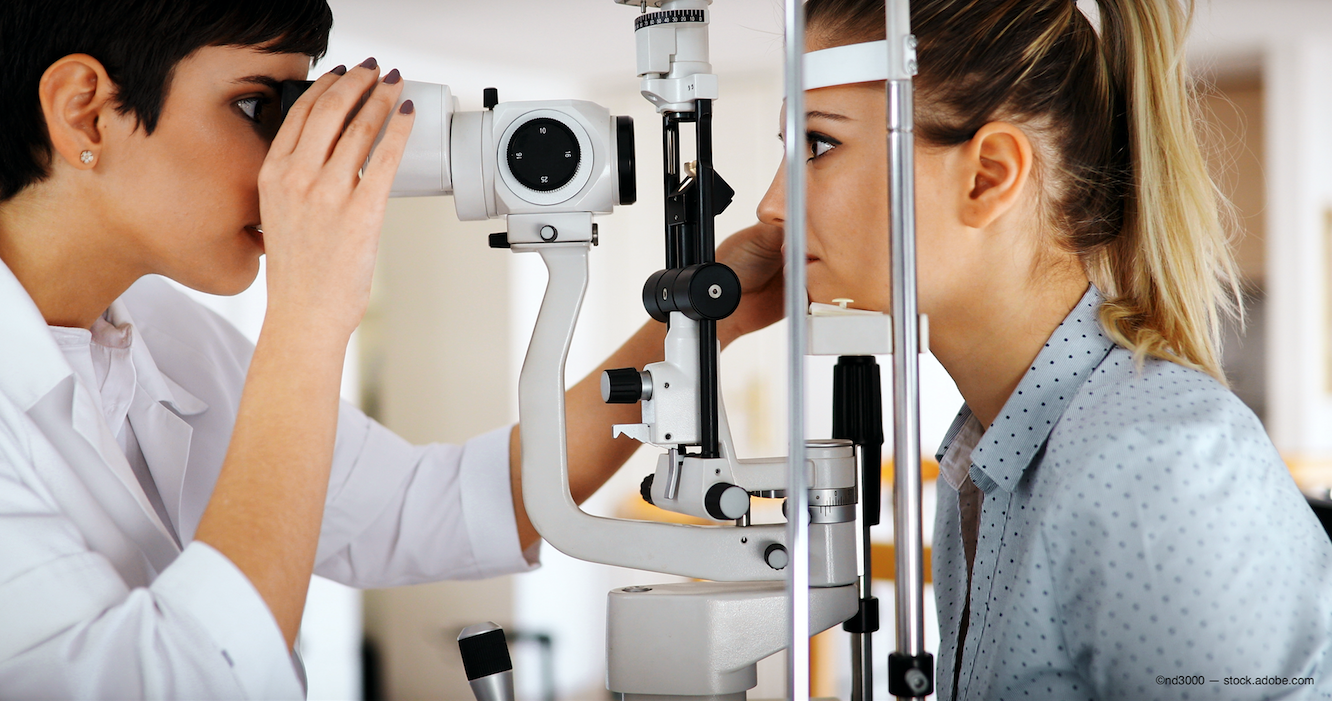The International 3D Society and 3D@Home today released their forecast and trends summary for key segments of the worldwide 3D industry, including: new theater creation, releases and infrastructure; 3DTV adoption, programming, packaged media, and advertising; 3D in education, on mobile devices and the plethora of professional applications. “For a young digital technology and art form, 3D has captured significant revenue and the 3D worldwide infrastructure is steadily building,” states Jim Chabin, President of the organization.
The Society forecasts that more than 40 3D features will be released in 2013. “Movie fans are already very excited about ‘The Hobbit,’ ‘The Great Gatsby,’ and ‘Jurassic Park,’” added Chabin. “8 of the top 10 box office movies of all time have been either released in 3D, or re-released in 3D. With an estimated 35,000+ 3D screens worldwide, we now have the infrastructure to show those movies to fans everywhere. Consumer enthusiasm for 3D in China, Russia, and Latin America bodes well for the industry’s future growth.”
The Society also anticipates rapid growth rates in 3DTV based on figures from several market tracking organizations. The Consumer Electronics Association projects 2012 US unit sales of 5.5 million 3DTV’s — more than double 2011 sales of 2.7 million units. The CEA data also predicts 8.7 million 3DTV’s will be sold in 2013 in the U.S. “We can anticipate a cumulative total of over 60 million in the US by 2016,” added Chabin. NPD Group forecasts more than 200 million units in the worldwide marketplace by 2019. “4K” and “SMART” TVs are both technologies that will further enable a great 3D experience for consumers.
Market watchers agree that whether on the large screen or the small, high quality 3D content is key to 3D’s market penetration. Directors including: Baz Luhrman, Peter Jackson, Steven Spielberg, James Cameron, Ang Lee, Martin Scorsese, George Lucas, and others have all brought their mark to the 3D art form. “This is a brilliant list of Hollywood’s finest creative geniuses. And this list will only grow longer in 2013 and beyond,” added Chabin.
“With 40 networks now programming 3D content worldwide, and 10 planned in China alone, we are actively producing more and more 3D programming for the viewer. Consumers can expect — and should insist — that their next television have 3D capability so they can enjoy this programming,” Chabin advised. “In the years ahead, the coming 4K 3DTV screens will provide even brighter, better, and more exciting 3D viewing experiences. Viewers tell us they love what they see, and they want more.”
In the US, consumers can view 3D programming at home from a variety of sources. Two-year-old, 3net — a joint venture of Discovery, Sony and IMAX — has assembled the largest made-for-TV library of native original 3D programming in the world, and airs 24-hours a day. ESPN 3D — also a 24-hour network – is airing live college football games every Saturday this Fall, and will broadcast the BCS College Championship game in January. ESPN’s lineup also includes: college basketball games, the ACC tournament, the Winter X Games from Aspen Colorado, and the Summer X Games from Los Angeles. Past 3D telecasts have included: the World Cup, Wimbledon, the Masters golf tour, and the NBA finals. 3D Society survey conducted by Seidmon & Associates of New York, indicates strong consumer appetites for 3D content in the form of movies, sports, nature, travel, and video games.
“This year we saw the historic first broadcast of the Summer Olympics from London, in 3D,” said Chabin. “3D-viewers were able to immerse themselves in the action much more because of the “front-row” seat that 3D viewing provides. Anticipation is high for the next 3D broadcast of the Olympics, the 2014 Winter Games.”
3D video on demand and 3D cable services are available from Comcast, Time Warner, DirecTV, Verizon Fios, Bright House, CableVision, Google Fiber, and others. Advertisers have created 3D commercials for General Motors (GM), AT&T;, BMW, Coca-Cola, Sony, Mars, Best Buy, motion picture studios, and others. Even the adult entertainment industry provides a variety of content on 3D Blu-Ray and online.
More than 200 3D Blu-Ray® disc titles are now available in 3D. “Large screen 3DTV’s offer movie fans the chance to see theatre-quality clarity and brightness at home,” said Chabin. “Blockbuster movies and educational documentaries are going to increasingly be made available on Blu-Ray. In addition, laptops, handheld devices, game consoles, and streaming services will make 3D content more available to consumers everywhere. More than 5 million Nintendo 3DS game devices have been sold in the US alone, as of July 2012. YouTube3D™ now offers 20,000+ 3D videos available to fans everywhere, any time. Even NASA’s Mars Rover ‘Curiosity’ carries two 3D cameras, which allows us all to see and learn more about the surface of Mars in 3D from home.”
In schools, 3D educational materials and classroom projectors are providing students with a better understanding of subjects, including: math, biology, chemistry and geography. Students show better retention of learning materials and better test scores as a result. According to the American Optometric Association, 3D can be a valuable tool in diagnosing and correcting Amblyopia (lazy eye) and other optometric issues.
2012 also saw the premiere of ‘Transformers 3D,’ the new 3D ride at Universal Studios, Hollywood. ‘Transformers 3D’ joins the park’s other major attraction, ‘King Kong 3D’ in creating record-breaking lines of enthusiastic fans who’ve come to see 2 iconic movies come to life.
“Disruptive new technologies can take time to work their way into our lives. The digital revolution is never unanimous. But, in a very short period of time, 3D screens are populating a vast array of devices which will bring the world and everything in it up-close-and-personal to the viewer,” said Ray Zone, Society Historian and author of ‘3D Revolution.’ From medicine, to the military, to education, to entertainment, 3D is an established and growing new medium.
“In the workplace, 3D is becoming a vital tool. For entertainment fans, it’s seen as very cool. That’s a winning combination in any marketplace, and as an industry, we have just begun,” concluded Chabin.






